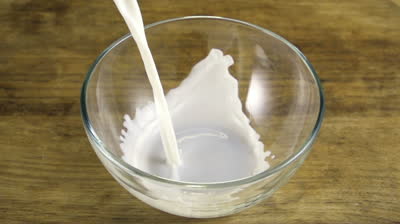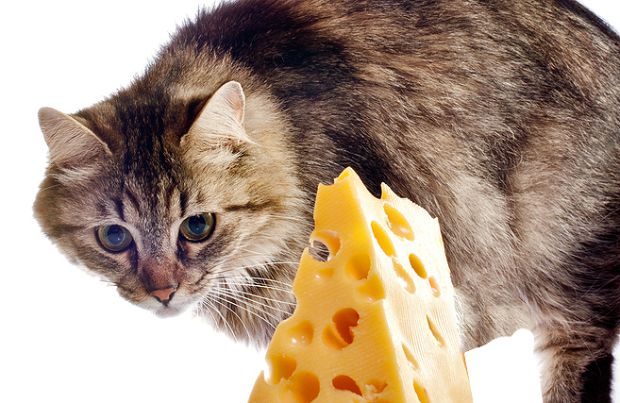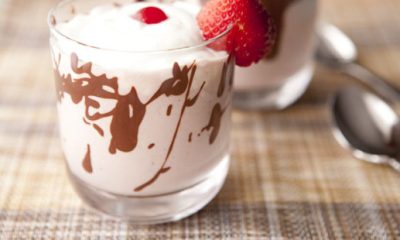Health
All About Lactose Intolerance In Cats
In a previous article, we took apart the myth that all cats love fish; turns out that fish isn’t actually so great for your feline friends. Today, we’re focusing on another cat feeding myth – that cats love milk. Yes, cats lapping up milk is a popular image in popular culture, especially in children’s books. And yes, kittens do get milk from their mothers. However, grown up cats don’t really need or enjoy milk; in fact many adults cats are lactose intolerant.
Lactose Intolerance In Cats
Milk, as many know contains lactose, a type of sugar. In order to digest lactose, a cat (or human)’s body needs to have lactase, an enzyme. When mammals are young, they have plenty of lactase, but as we grow older, the amount of lactase in our systems lessen. Therefore, it becomes harder to digest lactose.
In the wild, cats and even dogs do not have a supply of milk once they’re weaned from their mothers. Domestic cats’ diets should be as close as possible to their wild ancestors’ diets and therefore should not include milk.
Symptoms of Lactose Intolerance
Most cats when given milk will have several uncomfortable reactions to lactose. The lactose passes through the intestine, taking water from it and creating bacteria which creates fatty acids. This leads to an upset tummy and induce vomiting.
These symptoms typically blow over after 48-72 hours and are not terribly serious, but are certainly not fun for the cats or owners.
What About Other Dairy?
Cats react to different forms of dairy differently; while they have adverse side effects to milk they may not have as many with yogurt, cheese, butter or ice cream. This is because these dairy products contain less lactose.
If you want to give your cat some dairy, them, stick to a piece of cheese or a little butter. However, try to keep it to a minimum, as dairy in any form was not a part of wild cats’ diets.
Instead, treat your cat with meat broth or dried meat.























